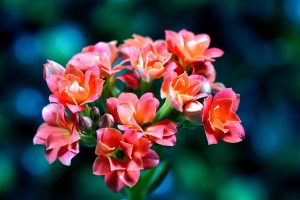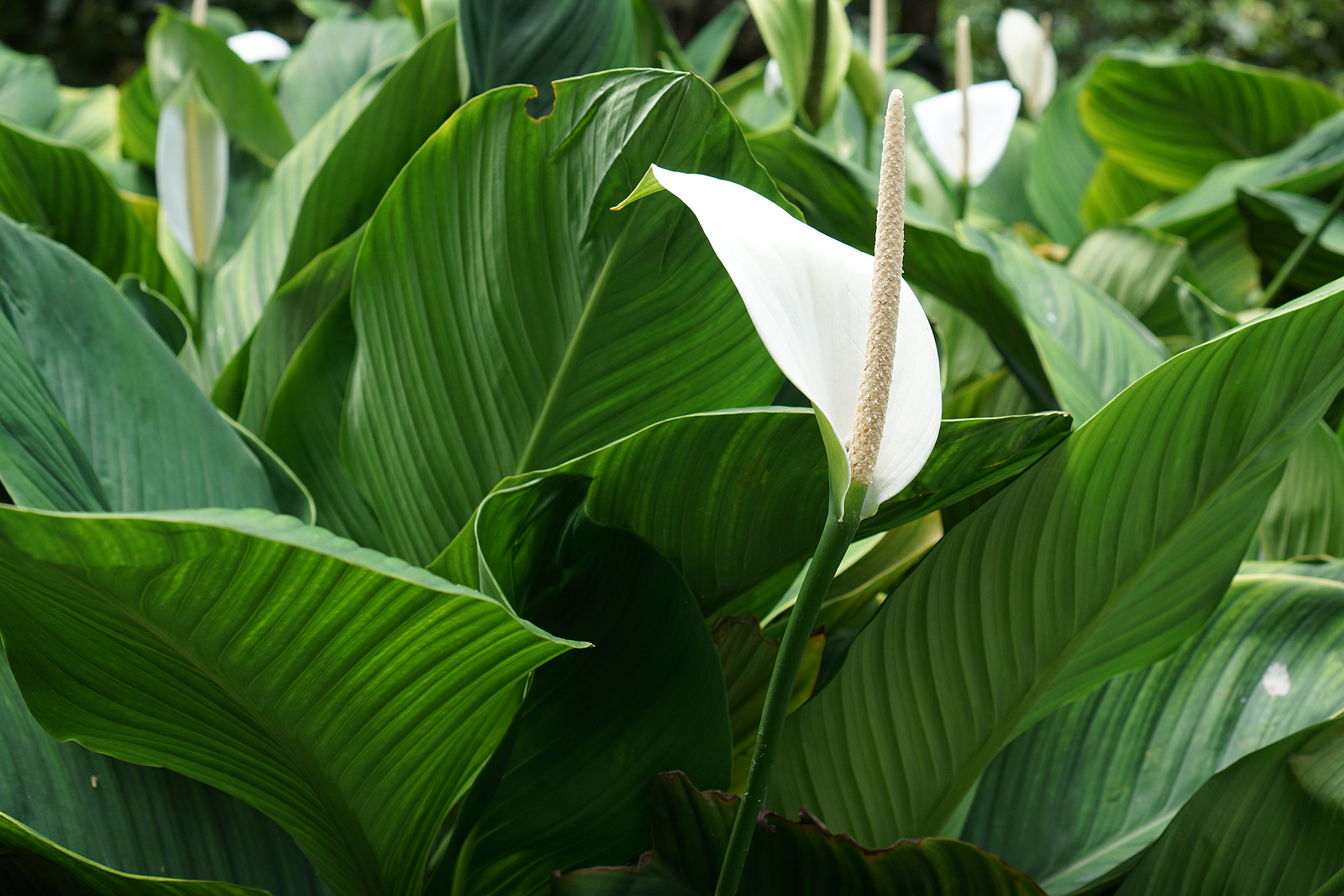There’s nothing more beautiful than watching plants that bloom from your sofa on a chilly fall or winter day.
Sure, that foil-wrapped holiday poinsettia you bought at the supermarket may still be quite decorative. But, consider bringing home something a bit unexpected to help brighten up your home interior and chase away cabin fever.
After all, a lot of folks think these months are not best for interior plants due to the cold in certain geography’s. To the contrary finding plants that bloom for any region in the U.S. is not as difficult as it seems.
Here are three three plants that bloom and will brighten any chilly day.
Peace Lily
Shorter winter days with longer shadows bring with them lower levels of sunlight streaming through your home’s windows. Choosing a plant that tolerates dusky conditions is an important factor.
The Peace Lily (Spathiphyllum group) loves shade, and winter just happens to provides its preferred light level.
Treat it right and this glossy-leaved stunner will not only brighten up a dark corner but will do so with a bloom or two as well. It’s one of those plants that bloom that turn an ordinary room into extraordinary.
You can learn more about the Peace Lily and its care requirements online at North Carolina State University Extension.
Note: The Peace Lilly isn’t a true Lily. The plant’s leaves contain calcium oxalate crystals. If eaten in large quantities, this can cause mouth and throat irritation, vomiting and trouble swallowing. Keep out of the reach of small children and pets.
Bonus: The Peace Lily will wilt to let you know when it’s time to water.
Kalanchoe
“Cheerful” is the perfect word to describe the scallop-edged leaves and clusters of brightly- colored flowers of the kalanchoe (Kalanchoe blossfeldiana). Best of all, this gorgeous, colorful display occurs in winter, in shades of orange, pink, red, yellow and white.
This beauty performs best with lots of light so place it near a south-facing window. Overwatering will kill it, so allow the soil to dry-out between waterings. Learn more about this plant’s requirements at the New York Botanical Gardens website (scroll down the page).
Of all the plants that bloom this time of the year, put this one on your list to impress visitors in your home.
Note: Plants that bloom, like parts of the Kalanchoe, are poisonous to pets and children. If you suspect that your child has ingested the plant, call your medical professional or the American Association of Poison Control Centers, available 24 hours a day, at 800-222-1222.
If your pet ingests the plant, call the ASPCA Animal Poison Control Center at 888-426-4435.
Bonus: It’s easy to get your Kalanchoe to re-bloom – follow the walk-through provided by Clemson University Cooperative Extension.

African Violet
I decided to include the African violet (Saintpaulia spp.) in my list of ways to add spring to the winter because they are easy to grow and they can tolerate warm indoor air in the winter.
In fact, you can help your African violet thrive by keeping indoor temperatures between 65 degrees to 79 degrees Fahrenheit.
Overwatering will kill it, so allow the soil to dry-out between waterings.
If the leaves begin to yellow, the plant may need more sunlight, so move it to a “window with western or southern exposure,” and filtered sunlight, recommend the experts at Optimara/Holtkamp Greenhouses, Inc.
And, you may recall the African Violet plant from your school days when examining plants that bloom for school projects – I do.
Note: Never place the African violet in direct sun as it may burn the foliage.
Bonus: Create new African violets from the leaves of your current plant. Learn how online at Penn State University Extension’s website.
Yes, flower gardening season is over in much of the country during late fall, and winter months. That doesn’t mean, however, that you can’t have gorgeous plants that bloom indoors to brighten up an otherwise dreary time of year.
You should be able to find these three plants at your local garden center this time of the year. Their cost is not overwhelming, and their rewards are endless.







